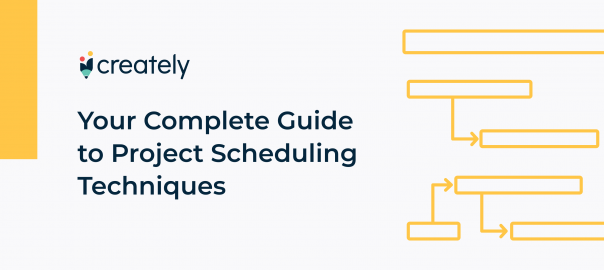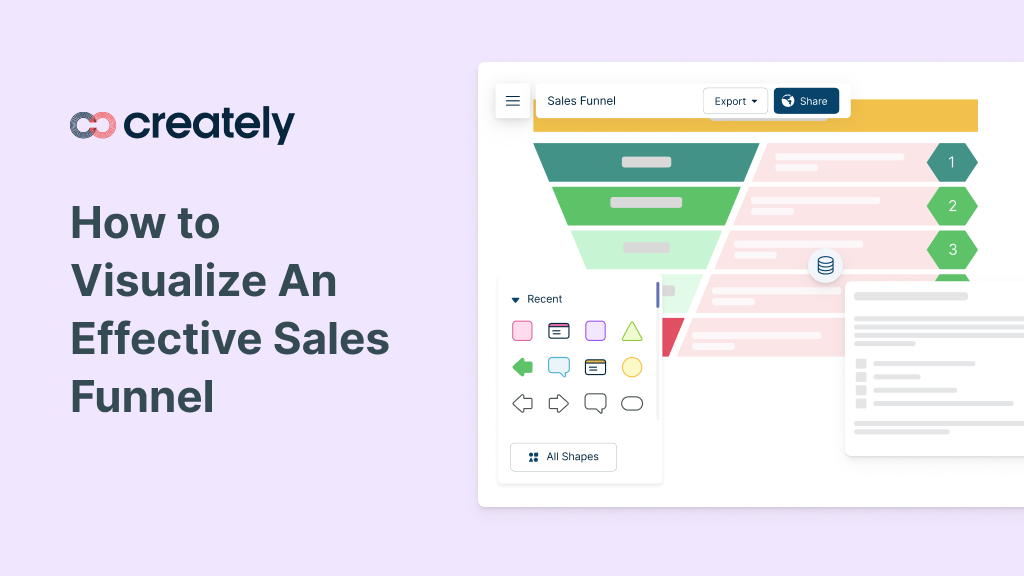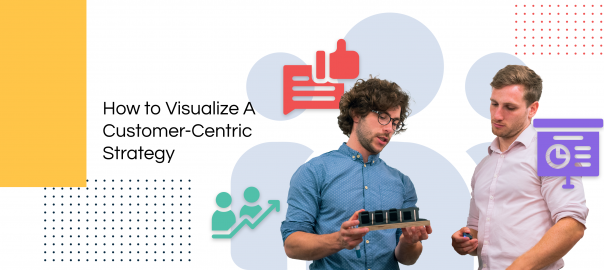Most project managers know that creating the project plan is only the start of the project management journey. All the careful planning and forecasting don’t count for much if there isn’t a concrete way to execute the project plan. And… Read More


Most project managers know that creating the project plan is only the start of the project management journey. All the careful planning and forecasting don’t count for much if there isn’t a concrete way to execute the project plan. And… Read More

An essential part of the continuous delivery system of product development is the management and implementation of a product backlog. It is a critical component of the Agile process and is the core of the delivery cycle. It allows teams… Read More

Any experienced salesperson will tell you that the completion of a sale is only a small part of the sales process. Selling is not an act, but a process. It begins long before any transaction takes place. Carefully identifying and… Read More

2020 may have had other plans for all your goals, but a new year brings with it a blank slate and a chance to start afresh. As we re-center and look ahead, it’s important to set achievable and detailed plans… Read More

Many businesses quote generalities like, ‘the customer is always right’ or ‘the customer is king’ without truly knowing what it means. Putting the customer first is more than just a motto that hangs on your office walls. A customer-centric strategy… Read More